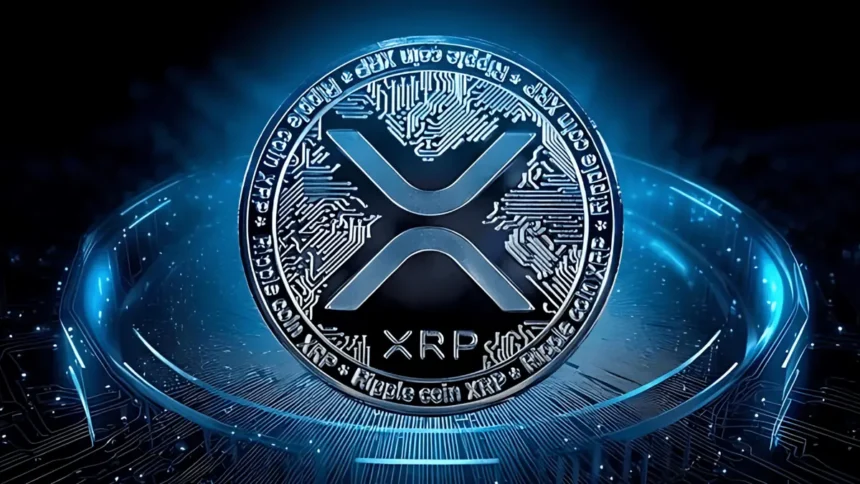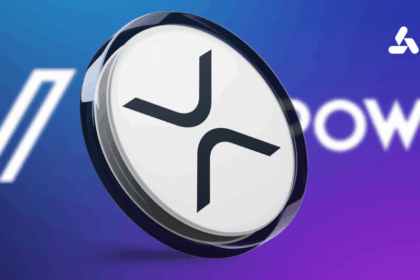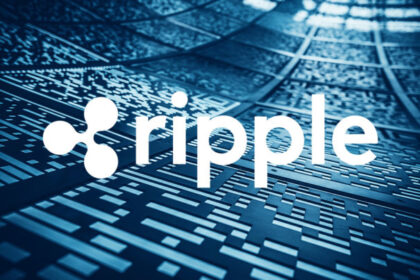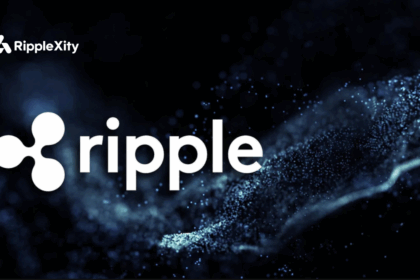While much of the crypto world chases retail hype, NFTs, and speculative DeFi, Ripple has remained focused on a different mission — redefining the infrastructure of traditional finance.
Through enterprise-grade tools, global partnerships, and regulatory-first design, Ripple is positioning itself as the go-to blockchain for banks, fintechs, and governments looking to move value efficiently, transparently, and at scale.
This isn’t just about XRP. It’s about Ripple building the rails that could power the next 50 years of global payments and finance.
The Institutional Problem: Outdated Financial Plumbing
Global finance still runs on:
- 🧾 SWIFT — a messaging layer, not a payment network
- 🕒 T+2/T+3 settlement cycles
- 💵 Pre-funded nostro/vostro accounts
- 📎 Layers of intermediaries in every transaction
- ⚠️ Minimal transparency and high operational costs
These systems were not built for today’s global, real-time, digital-first economy — and are unable to serve modern needs like 24/7 liquidity, digital asset integration, or emerging market inclusion.
Ripple’s Enterprise Blockchain Approach
Ripple is building a modular, blockchain-powered solution stack for institutions that need speed, reliability, and compliance. Key elements include:
🔹 RippleNet
A network that connects financial institutions via APIs for instant, traceable payment messaging and settlement.
🔹 On-Demand Liquidity (ODL)
Uses XRP to enable real-time currency conversion without the need for pre-funded accounts — reducing capital lock-up and FX friction.
🔹 XRP Ledger (XRPL)
The open-source backbone — a fast, secure, and eco-friendly blockchain supporting tokenization, decentralized exchange (DEX), and low-cost global value transfer.
🔹 CBDC Platform
A private version of XRPL customized for central banks to pilot and issue digital currencies in a secure, permissioned environment.
Real-World Enterprise Adoption
Ripple has gone beyond pilot programs and entered production with major institutions:
- Santander: Using RippleNet to power cross-border payments in Europe and Latin America
- SBI Holdings (Japan): Deep integrations with XRP in remittances and digital assets
- Tranglo & Pyypl: Settling millions in payments across Southeast Asia and MENA
- Novatti Group: Powering cross-border FX and remittance services in Australia and beyond
- Bhutan & Palau: Governments piloting CBDCs using Ripple’s CBDC infrastructure
Ripple’s network now spans over 55 countries, 70+ payout markets, and is growing into Africa, LATAM, and the Middle East — focusing on corridors where legacy banking has failed.
Why Institutions Choose Ripple
✅ Speed — Transactions settle in 3–5 seconds
✅ Scalability — 1,500+ TPS, minimal latency
✅ Cost-Efficiency — Lower fees and no need for pre-funded accounts
✅ Regulatory Alignment — Ripple works with regulators, not against them
✅ Security — Battle-tested infrastructure with global validator nodes
✅ Tokenization Support — Stablecoins, CBDCs, and RWA-ready
Unlike public Layer 1s that emphasize community over compliance, Ripple has taken a “regulatory-first” approach — designing its stack to integrate into existing finance instead of disrupting it blindly.
The Long Game: Ripple as the AWS of Finance?
Ripple isn’t trying to be the next “hype chain.”
It’s positioning itself more like AWS or Visa — quietly providing the underlying infrastructure that powers other institutions.
Just as most users don’t know what servers power their apps, Ripple could become the invisible engine behind the next generation of global finance — where stablecoins, CBDCs, and digital assets move freely across borders, with XRP as the universal bridge.
Final Thoughts
Ripple’s enterprise adoption isn’t built on tweets and token pumps — it’s built on partnerships, regulatory alignment, and real-world production systems.
At Ripplexity, we’ll continue covering Ripple’s steady expansion into the financial world — not as a disruptor from the outside, but as the infrastructure partner powering the future from within.










